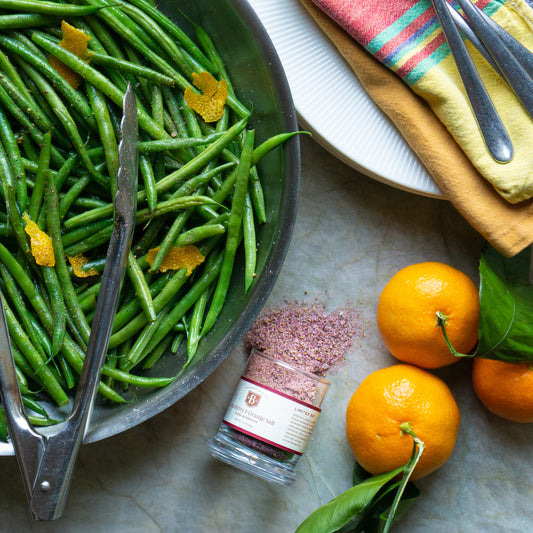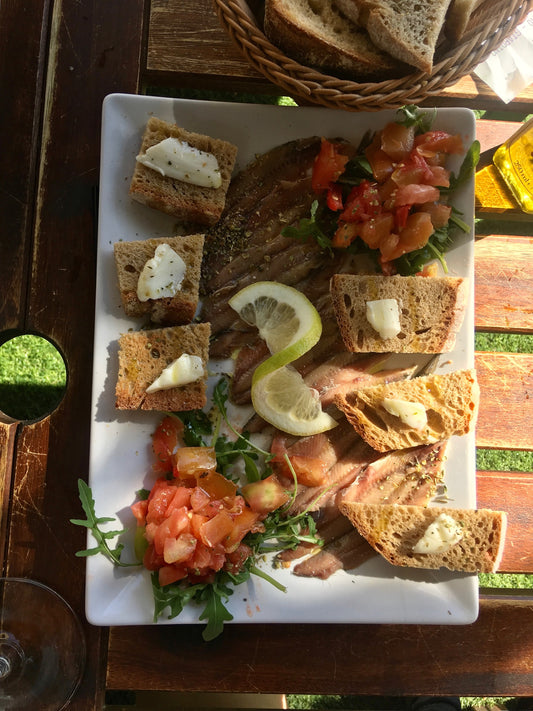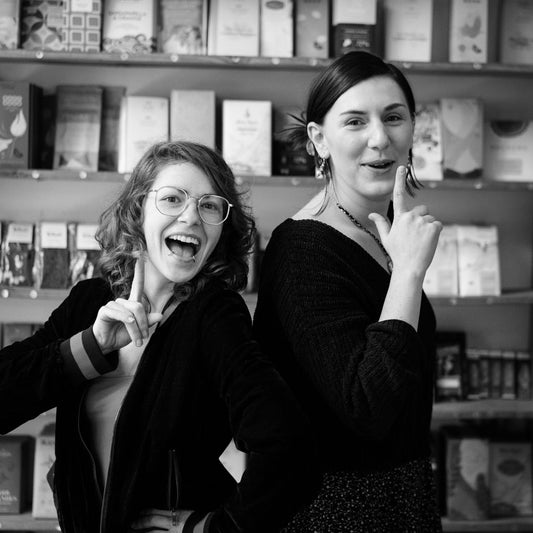In the 1965 classic of all classics, “A Charlie Brown Christmas,” Charlie is feeling blue. So he visits his local psychiatrist, Lucy Van Pelt, for some help. After a few words from Charlie, she is ready with numerous possible diagnoses. “Are you afraid of staircases? If you are, then you have climacaphobia. Maybe you have thalassophobia. This is fear of the ocean, or gephyrobia, which is the fear of crossing bridges. Or maybe you have pantophobia. Do you think you have pantophobia?” If this scene had taken place two months later, in February, Lucy might have suggested sciophobia, the silliest-sounding but perhaps most debilitating phobia of them all: fear of shadows.
We like to kid around about groundhog’s day, but what if your life depended on it? Or at least, what if groundhogs day was a great opportunity to celebrate the things your life does depend on? What if I were to tell you that all of this is connected somehow to sheep, that I once gigged as a shepherd?
After a nice cozy winter hibernating in her lair, the groundhog stirs, stretches, scratches her chin, her hind leg. Squinting to adjust to the light, she pops her head out of her hole and…. We know how the story goes. If the sun is out, her own shadow gives her a terrible fright and she flees to the depths of her burrow to hibernate through another 40 days of winter. If the day is cloudy, she sees no shadow, and so she dusts herself off and sets about her merry groundhog business as spring gets off to an early start. Never mind the serious problems with this narrative, such as how the groundhog eventually gets cured of her sciophobia and enjoys a shadow-packed sunny summer. Perhaps she has her own subterranean Lucy Van Pelt to help her through her issues.
Like most of our American traditions, Groundhogs day has its roots in pre-Christian Europe. Back then, people had these things called superstitions. Unlike today, when we all know for a fact that we are not superstitious in the least in our belief that a combination of Netflix, Reddit, and Instagram can make us feel happy, informed, and connected, and a diet of ketogenic, paleo, vegan, carnivore, alkaline, and Andrew Huberman can make us live forever.
But what even is a groundhog? Let’s take a quick trip down this rabbit hole, if you will. If you don’t know a groundhog by sight, you might recognize the marmots on your next summit of Mount Whitney. Or you prairie folk might recognize the whistler. Or you woodlands people, the woodchuck. You whiskey drinkers out there, how about the whistle-pig? People who can only define things according to what they are not call them “land beavers,” believe it or not. All one and the same, a fat ambling ground squirrel, or Marmota monax.
The Pennsylvania Dutch, who were in fact of German descent, are credited to bringing Groundhog’s day to America by adapting it ingeniously from the German tradition, which relied on the much warier, much scarcer, much scarier animal, the dachs, or badger. Dachstag, badger day, is another word for Lichtmess, or Candlemas, a Christian festival first documented in the late 4th century. The tradition persists, along with its feast. In Luxembourg they eat pancakes. In Mexico, it’s tamales. Wherever you are feasting, groundhogs (or badgers) are keenly watched. And sometimes they are eaten.
The Martha Stewart of the late 19th century, Maude C. Cooke, author of Three Meals a Day, doesn’t miss a trick when it comes to woodchuck, which she likes fried or roasted. The woman who brings us such enduring favorites as Frog on Toast recommends we cook our groundhogs the same as we cook our raccoons, which is to say, “in the same manner as opossum, not forgetting to parboil first.”
Returning now to my question, what if your life depended on this delicious little animal’s reaction to its shadow? Candlemas is also called the feast of the Purification of the Virgin Mary among other names, and celebrates Mary’s presentation of Jesus in the Temple of Jerusalem, per Jewish law (Luke 2:22–38), and the current date for celebrating it was established by in 542 by Justinian I, who cottoned to the numerological significance of 40, with February 2 being 40 days after Christmas. But also happens that Justinian’s date falls on the decidedly Pagan festival of Imbolc, thereby supplanting a tradition that had been practiced since prehistoric times. Imbolc was a Celtic tradition marking the first days of spring, which may not sound overly pagan, until you look under the hood and find that according to Irish lore, Imbolc may derive from a prehistoric word for sheep.
I happen to have spent several years on a farm in the mountains north of the Pyrenees in France and had my share of inoculating, fleecing, herding, and dressing sheep. I learned that ewes breed in the fall and lamb in late winter. We would bring the sheep out from their barn as soon as the weather began to warm so ewes and lambs could graze on tender grasses, and the lambs could frolic in the hilarious way lambs do. This marked the traditional time to start milking the ewes. And so the Imbolc celebration reflected a deep concern: an early spring meant not just a jump start on farming, but a jump start on milk, higher survival rates for lambs and ewes, and a higher survival rate for us.
Groundhog’s day marks the time when we might first hope winter will turn to spring. As a critical demarcation of time, or more really, a cog in the machine that is time, the holiday charts our brief mortal visit on this abiding planet. It may not be easy to understand this connection in the same visceral way our ancestors did, but hurricanes and pandemics remind us that the modern veneer of convenience and abundance is a thin one. Groundhog’s day invites us to reflect on the natural world that is, at least for now, such a gracious host for us.
So how do we celebrate? The answer is plain enough: connect. Connect with your earth, your food, and your people. Scary, I know, but let’s unplug from the winter’s Netflix and chill. Let’s take a slow morning, make chocolate chip pancakes with a few flakes of smoked salt. Then let’s get outside the day and frolic, graze on a few tender shoots. Let’s pop into a restaurant and eat tamales for lunch, maybe with a little sal de gusano from your private stash. Let’s shop for some fine ingredients and be sure to include something sheepy, like feta, manchego, or pecorino. Let’s enjoy dinner with guests we don’t see often enough. Let’s light a candle. Let’s not be afraid of our own shadow.







